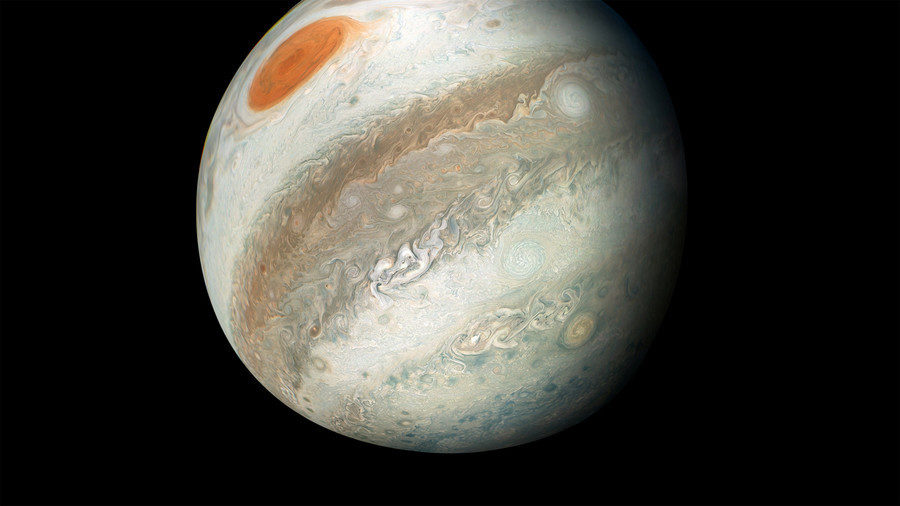OF THE
TIMES
A nation that continues year after year to spend more money on military defense than on programs of social uplift is approaching spiritual doom.
Risible, farcical & hilarious. First of all the whole science of Stonehenge is a completely farce & lie. Stonehenge was moved long ago...
The case centered around the death of Mexican national Gabriel Cuen-Buitimea, who was found shot to death on Kelly's 170-acre cattle ranch near...
In the USA you have that Idiot Biden running the show. We, in Australia have Mr Magoo (If you don't know who Mr Magoo is, Google him?) Leftards...
I reported it yesterday morning. I had seen the report in the French news the day before already. [Link]
I wonder if the people who do have conversations with themselves have trouble quieting the mind, as for meditation.
To submit an article for publication, see our Submission Guidelines
Reader comments do not necessarily reflect the views of the volunteers, editors, and directors of SOTT.net or the Quantum Future Group.
Some icons on this site were created by: Afterglow, Aha-Soft, AntialiasFactory, artdesigner.lv, Artura, DailyOverview, Everaldo, GraphicsFuel, IconFactory, Iconka, IconShock, Icons-Land, i-love-icons, KDE-look.org, Klukeart, mugenb16, Map Icons Collection, PetshopBoxStudio, VisualPharm, wbeiruti, WebIconset
Powered by PikaJS 🐁 and In·Site
Original content © 2002-2024 by Sott.net/Signs of the Times. See: FAIR USE NOTICE

Reader Comments
After all, such a cluster would be more likely to occur if it had some gravitational center, rather than the comparatively far weaker gravitional attraction between smaller bodies. (Remember the part about /x squared?)
Certainly, the bolide hits reported have increased by magnitudes which cannot be completely attributed to the greater distribution of video phones, although of course that must be factored into any calculations of what appears to be a phenomenally quick rise in the number of meteors/meteorites/bolides, et al.
R.C.